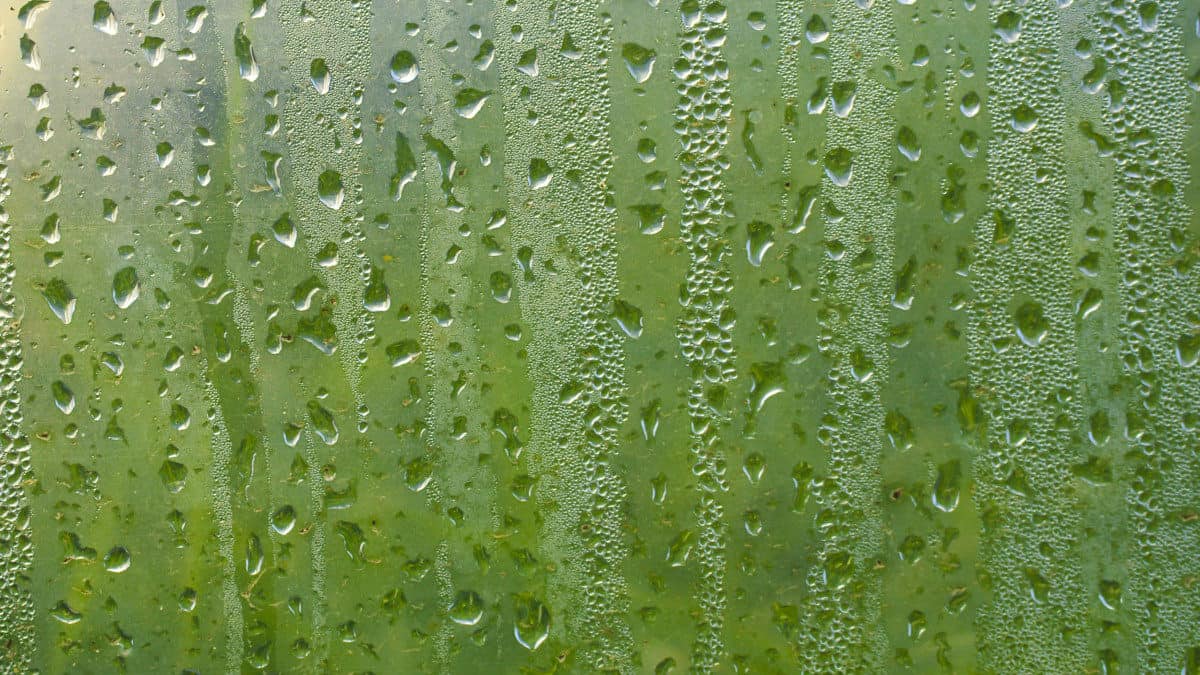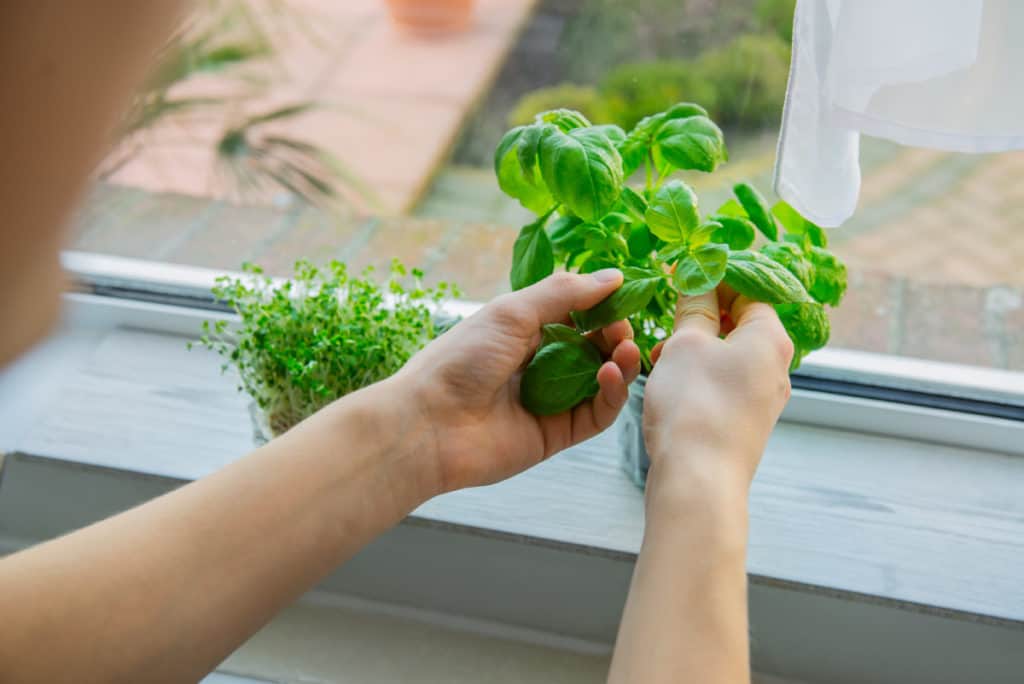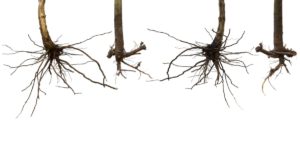Many people want to grow cuttings of their favorite plants but struggle with getting them to take grow.
Preparing the cuttings, soaking them, covering, supporting root growth, and preparing your soil as well as the pot, are important steps that ensure good results when growing cuttings. If the plant cuttings are treated right, they will grow roots after days and will develop into a healthy plant.
Many people wonder how to get cuttings to grow. This blog post will help you get started on the right foot. We teach you 7 easy steps that will help your cuttings grow roots and start thriving!
How to get cuttings to grow?
Pick the right location

The first step is to pick out a spot for your cuttings because this will determine how quickly they grow and if you get any flowers on them at all!
When choosing where to place your cuttings, it’s important that you find an area of full sun or partial shade. If there isn’t adequate sunlight, your cuttings will not grow. However, if you are placing them in too much shade or direct sunlight for most of the day then they won’t flourish either.
The best place to put your cuttings is somewhere that gets around four to eight hours of sunlight a day with humid climate also being an important factor.
You should also ensure that the area where you put your cuttings is relatively warm. A temperature of around 65-90 degrees Fahrenheit works for almost all types of plants.
Prepare the cuttings

Remove all lower leaves from each cutting to prevent rotting since they’ll be sitting in water for a while.
Trim the ends of each plant cutting to a 30-degree angle. This way to increase the health of a cutting is called tipping.
This will encourage root growth from those areas and help prevent rotting after they’re placed in water.
Soak them in water

You should soak your cuttings in water before planting. This is because they may have been dried out and will need some time to adjust before planting.
From that point, you have two options of what you can do with your cutting.
The first one would be to let them soak in water for two to six weeks or at least until they grow roots. This will give your cuttings time to adjust and also the roots a chance to develop.
By doing this you can monitor your plant and make sure the roots are developed enough before planting. You should do this until the roots have reached a length of about three inches.
You should replace the water every three to five days, and only use room temperature water to avoid harming your plant babies.
The second option would be to let them soak in water for only 24-48 hours before you put the cuttings straight into the soil. This will help the plant to rehydrate and ensure its cells are ready to begin producing their own growth hormones.
Remember you are not able to monitor the growth of the root system, so you have to make sure it’s developing well. But how can you achieve that?
Support their root growth

If you are choosing to go with letting your cuttings soak for only a couple of days, it should be supported with root hormones afterward.
Optionally the root hormones can be put in the water from the step above.
Root hormones can also help prevent fungus that could potentially harm your plants. Using rooting hormones will help protect the plant during this stage of its life and provide it with more nutrients, which can help the plant to grow and thrive once planted.
Root growth hormones can also help promote a stronger root system, which is what we want!
Interesting Fact: If you are looking for a way to protect your cuttings from disease, cinnamon is an effective natural killer. Simply apply it directly to the cutting.
The organic alternative would be to harvest a few new shoots of willow, which contain Indole-3-butyric acid, the main component of root hormone powder.
Cut the willow shoots into one-inch pieces and pour warm water on them. These should be left in this water for a few days, to create a kind of willow tea.
Prepare the soil

A potting mix with sand, perlite, or vermiculite will make a great growing medium for your cuttings.
Soil needs to be moist, but not wet. A good way to test this is by squeezing a handful of soil together in your fist. If it crumbles easily between your fingers then you have the perfect mix!
You can also blend your soil with compost or a general-purpose fertilizer to add more nutrients. Organic nutrients are great for helping to prevent transplant shock.
Pot the cuttings

Once you’ve prepared your soil, it’s time to get started with transplanting your cuttings into a pot.
Start by creating a hole for your cutting. You can use a pencil to poke several holes in the potting mix and pull out any large clumps of soil or roots that may be stuck inside.
Carefully place your cutting into the hole. Try to keep as much soil around the roots of your new plant without disturbing them too much.
Once you have finished planting all of your cuttings, water in each one liberally. It’s important to soak them thoroughly so they can draw up any nutrients from their new potting mix quickly.
Cover your cuttings

The next thing to remember is to cover your cuttings with plastic to decrease water loss and keep the necessary warmth inside.
The cover should be applied after you placed the cutting in soil or hydroponics mediums. This keeps the cuttings warm and increases the humidity, two conditions that give your plant cutting the opportunity to grow faster and healthier.
When creating this little greenhouse you have to make sure the plastic isn’t touching the plant because this can cause rot.
There are some plastic alternatives like a big glass jar, organic foil, or even a translucent carton if the cutting stays inside. Just apply them like a plastic bag.
You can put your cuttings in a sunny location or under the protection of an outside umbrella. Either way, they should be placed somewhere where they get sunlight for at least five hours per day. Doing so will help to encourage new growth!
Now just sit back and wait! You’ll want to keep them relatively moist by watering them every few days.
What to do after you propagated a plant?
Many people tell you to do nothing and let it stay inside its pot, which was kind of boring since I wanted mine to be more creative than that… So here are the ideas I craved:
Put them in your garden

After you propagate your plant and it is big enough to be transplanted you can either put it in the ground or in a pot. Choose whatever suits your plant and yourself!
My personal favorite is to put my propagated plant in a pot and put it in the garden. This is an awesome option since I get to keep my plants for longer rather than just putting them outside in the ground where they can die or be eaten by wild animals.
If you want, you can change the location if it’s too sunny or shady, you have well-draining soil if you choose a pot with a drainage hole. Last but not least if the temperatures drop you can quickly put your plant inside to protect it from freezing.
A pot makes also a great design addition because you can decorate the pot with accessories and arrange different plants in a container.
Grow your own herbs

Herbs are a great addition to any household and the best thing is if you once have herbs you never have to buy new ones if you do it right.
First, you need to choose which plant you want. Make sure it is a herb that can be propagated by cuttings, just do some research before planting anything. If they are not appropriate for cutting propagation just look for another one.
It’s best to start with something simple like parsley so you can find your way around the basics and then move on to more complicated plants.
You’ll need a pot with some holes in it to achieve a well-draining environment.
After that fill your pot with soil, you can buy specific herb soil but regular flowerpot mix is just fine, and make sure that the soil is watered enough.
Now simply take a prepared cutting of your desired plant, the bigger the better, and place it in the pot.
After following the step at the beginning of the guide root sprouts are already visible which encourages them to spread faster and stronger than fresh cuttings.
Finally, water your newly planted herb carefully and put it at the location you want.
Sell them for profit

If you can multiply your plant it can be a good idea to sell them, because with only investing your time you have the potential for profits.
You are not only caring for nature and providing people with plants, you can have a business out of it if your propagated plants sell well.
One of the best ways to sell propagated plants for profit is simply putting a sign in your garden. You can even informally ask around if people are interested in buying.
Since propagated plants tend to be relatively cheap, many customers will buy them on the spot without any haggling.
Some places that sell plants will also let you post signs up in their garden centers or greenhouses, so be sure to ask around!
Using social media can also be a great way to sell propagated plants for profit. Try posting pictures and videos of your plants on social media channels like Instagram or Facebook, and use hashtags to help people find your plants.
Maybe you’re the next plant propagation king or queen?
Your own organic food

It sounds like something that everyone should do. It’s healthy and no chemicals are used, but is useful to use cuttings? The answer is, it’s possible!
Growing your own organic food provides you with a great variety of fruits and vegetables in your garden, apartment, or even on the roof. You know who has grown them and which treatments were used on the vegetables. You are what you eat!
Many people choose to use propagated plants instead of growing from seeds because they may be easier or faster. The reason is that propagated plants are already established so they don’t have to go through the seedling stage.
This means you can get your harvest much faster than if you planted from seeds.
Additionally, propagated plants will already be adapted to your climate and can therefore grow with ease. With this in mind, it is nice that you can pick a plant from your home propagate it yourself and get an easy and bigger harvest.
Advantages of growing plants from cuttings
The reasons are many. Propagating a plant with cuttings is beneficial for several reasons.
Why should you propagate a plant?
Reproducing plants you like without having to buy them again is saving you heaps of money. They are also already used to the climate in your area and because of that more resistant
Propagating plants is also a great way to make use of an old plant that has become too woody and unattractive. Just pick a pretty part of it, get yourself a cutting, and regrow an awesome plant.
Plant propagation is also an easy way to create several of one species, so you have plenty for sharing with friends or family members.
Ask a friend with a plant you like for a cutting, by that you can bring a new look to your garden with different types of plants that would otherwise be difficult or expensive to get.
The new cuttings will continue your favorite flower’s legacy by replacing it with a biological identical plant!
Do you want to go deeper into gardening? You are able to cultivate the plants by only using cuttings of the strongest and highest-yielding or flowering plants.
Can you propagate plants from leaves?

It is possible to propagate plants from leave cuttings. For this special type of cutting you will need a cutting tool or a sharp rose scissor to make a clean cut across the stem of the leaf.
Then you’ll want to complete the several steps above in order for your plantlings to grow properly. I would recommend going for the water method so you are able to track the root growth.
Propagating plants from leaves is a great way to test your green thumb and try something new. If you plan on transplanting the plantlings into larger pots or outdoor gardens, be sure that they are well-established first before attempting this.
After they developed a sufficient root system, plant each leaf cutting into the dirt and keep lightly moist at all times
Young roots of a leaf-cutting may not have enough strength to survive an indoor or outdoor transplanting.
Do not overwater them as this can cause rot or mold growth which will kill off your new plantlings. Also, protect young plants from too much direct sunlight for the first few weeks so they don’t get burned.
Can you propagate a plant with root rot?

Root rot is a very common disease in plants. There are many kinds of root rot including but not limited to Pythium, Rhizoctonia, Fusarium, and Phytophthora.
These diseases can either be caused by fungi or bacteria. They all cause the roots to decay which leads to plant death if left untreated.
You should always look for signs of disease such as browning, yellowing leaves, and decaying roots. If you think the plant has root rot, it can be saved by propagating a cutting. This works especially well for some plants like succulents.
If the plant has too much root rot, you can cut off at least half of the roots and use them to propagate a new cutting which will grow into another healthy plant with less stress than starting from seed.
If this isn’t possible, remove as many diseased roots as possible, sometimes the whole root system, before planting the cutting in fresh new soil.
If this doesn’t work, all hope may not be lost since there are ways to clone plants from leaves and stems as well. You can at least save some cuttings of healthy parts of the plant. Then get them thriving again.
A well-draining soil combined with airflow and careful observation can help prevent root rot.
Final thougts
The propagation of plants is a process by which new plant material develops from a fragment, usually cut plant piece.
We talked about the seven steps you can take when propagating plants and it all starts with choosing the right location of your cutting followed by preparing it before you start. Now it’s time to soak your plants and also support their root growth.
Choose between growing the root system in water or soil before you prepare the soil to plant them. After you have done that either transplant the cuttings straight into the soil, or leave them in the water.
Cover the cutting to make sure it’s warm and humid. After a few days to weeks, the cutting should grow into a healthy new plant.
Think of the advantages when propagating plants:
You don’t have to pay for the plants, you can clone your most awesome plants and they are already used to the climate. While old plants can look bad a young cutting of it will grow to new strength and beauty.
You’re even able to propagate plants from leave cuttings and save plants with root rot by growing a healthy cutting of the plant.



